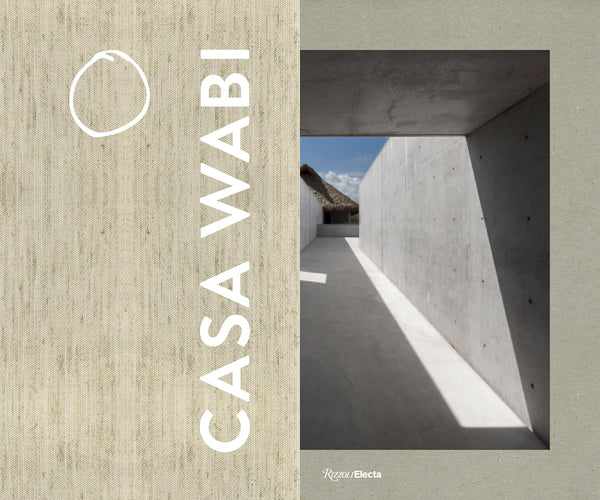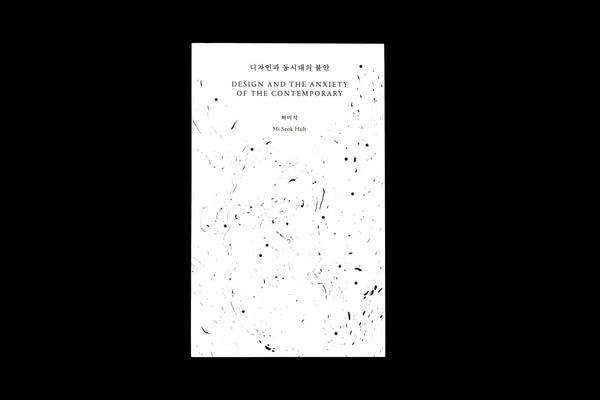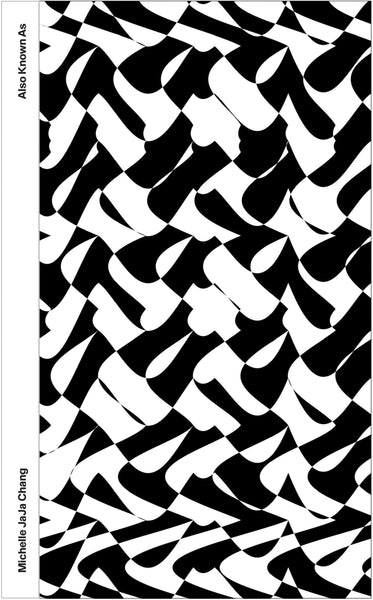

Becoming Urban: The Mongolian City of Nomads
Becoming Urban: The Mongolian City of Nomads
$30.00
For thousands of years, nomadic Mongolians have lived in gers – circular ‘yurt-like’ structures made of timber, felt, and canvas that are ideal for moveable life on the Steppe. Since 1990, due to major political, social, and climatic upheaval, hundreds of thousands of people have abandoned nomadic life and moved to the country’s capital city, Ulaanbaatar. The gers, cheap and easily moved, are now grounded, exacerbating the extraordinary growth of the city, which has increased its size 35 times in the last thirty years. The living situation in these ger districts is increasingly unsustainable and detrimental to the health and well-being of those that live there.
Illustrated throughout, Becoming Urban tells the story of Ulaanbaatar’s ongoing transformation and explores the challenges of making architecture in this fast-changing context. Working for the last eight years undertaking design projects, workshops and spatial research, architect Joshua Bolchover brings to light the ger districts’ characteristics and the urgency of improving their current predicament. Today, families living in the ger districts must collect water twice a day, use an outside pit-latrine, and burn up to 4 tons of coal each winter to stay warm. Bolchover proposes a strategy of incremental change leading to sustainable future growth. He presents prototypes that reimagine the ger, enable improved living conditions and community infrastructure. Becoming Urban demonstrates an alternative form of practice and role for the architect.
The story told in this book is not just about Mongolia. In the 21st century, the urgencies of the climate crisis and global viral pandemics mean that questions of why and how we live together, are just as raw and urgent to the contemporary urban condition as they are to Mongolia. How architects, planners, communities, and politicians grapple with the effects of urbanization on climate change is a critical issue facing the twenty-first century. The ways in which this process comes to be materialized and organized spatially, and by whom, will have profound ramifications for the climate and the social and economic makeup of our cities. In response, this book advocates that architecture is a social act and affirms the architect’s vital contribution to the process of becoming urban.
S04622

















































